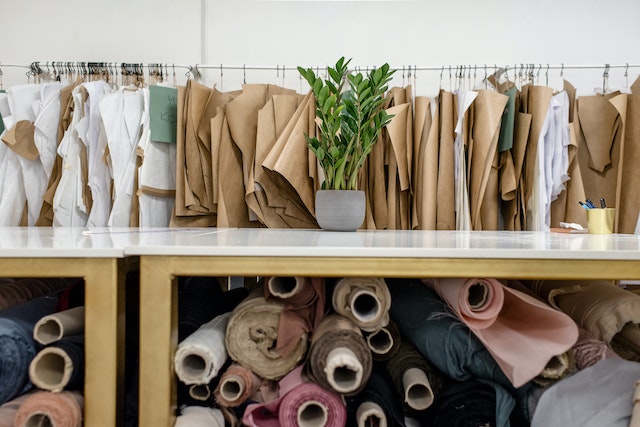The appearance of a garment is greatly influenced by the fabric used for construction, not all fabrics are suitable for all garments. To choose a suitable fabric for a specific end use calls for basic knowledge in fabric construction and types of fabrics available in the market. Fabrics are produced mostly from yarns. Few fabrics are directly produced from fabrics. Fabrics are made from yarns and are constructed mostly either by weaving or knitting. Among the other fabric constructions, lace making is worth mentioning. Felts are fabrics made directly from fibres without making yarns. This is really important to know the importance of different fabrics for apparel manufacturing.
Woven Fabrics:
Woven fabrics are made by using two or more sets of yarn interlaced at right angles to each other. Much variety is produced by weaving. Woven fabrics are generally more durable. They can be easily cut into different shapes and are excellent for producing styles in garments. However, the raw edges ravel or fray easily and need to be protected. Fabrics having more fabric count (number of wrap and weft yearns present) keep the shape well. Low count fabrics are less durable and may snag or stretch.
Woven fabrics are manufactured in different widths depending on the end use. The fabrics used for apparels usually contain 56 Inches to 72 Inches width. Also the woven fabrics manufactured depending on end use with different ranges of weight. Normally 1.2 Oz/Yd2 to 12 Oz/Yd2 fabrics are being used for different garments.
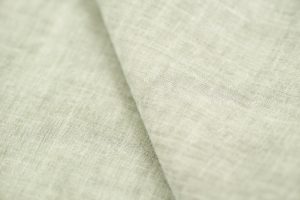
Knitted Fabrics:
Knitting is the construction of an elastic, porous fabric, created by interlocking yarns by means of needles. Knitted fabrics can be made much more quickly and easily than woven fabrics at comparatively less cost. Knitted fabrics are generally light in weight, comfortable in wear even during travel, but yet require little care to keep their neat appearance. The tendency of knits to resist wrinkling is another factor to boost up their popularity. Knitted fabrics are used for designing active clothing such as sports clothing. Their elastic nature permits for abundant physical activity. Knitted fabrics are produced by two general methods. Warp knitting and weft knitting. They are made as flat or tubular fabrics depending on the end use. Tubular fabrics may not have any seams at the sides whereas flat fabrics are treated just like woven fabrics.
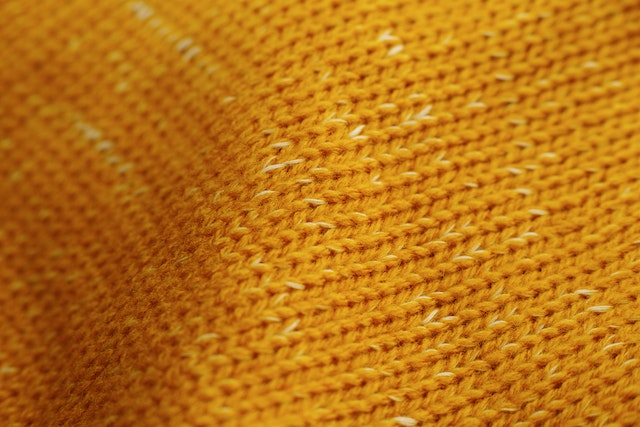
Lace Fabrics:
Lace is an openwork fabric consisting of a network of threads or yarns formed into intricate designs. Laces are developed for beauty and adornment. Lace which looks so delicate is made out of strong yarns looped or twisted together in a more complicated manner than any other methods of construction. Thus they are expensive too. They are manufactured in many widths, shapes and in the limitless variety of patterns.
Handmade laces are more expensive than machine-made laces. As expensive goods are preferred only by few, the machine made laces are more popular among consumers. Laces are produced either in the form of a fabric or in a shape suited for particular end use. They are mostly used as trimmings, on apparels and home furnishings.
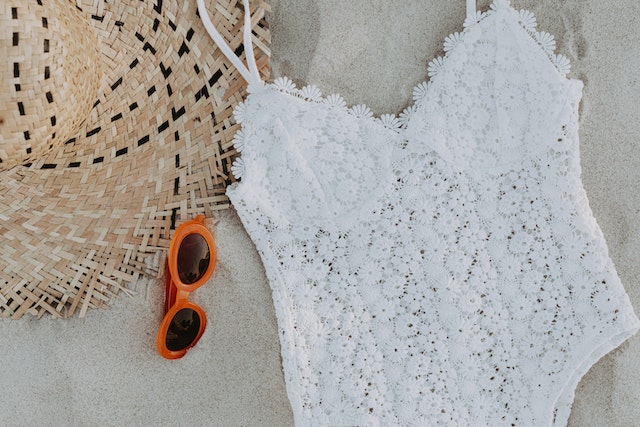
Non-Woven Fabrics:
Non-woven fabrics are made in two main ways: they are either felted or they are bonded. The fabrics use fibres rather than yarns; these are laid randomly or in a uniform way to make web-like layers. They are held together by either the felting or bonding process.
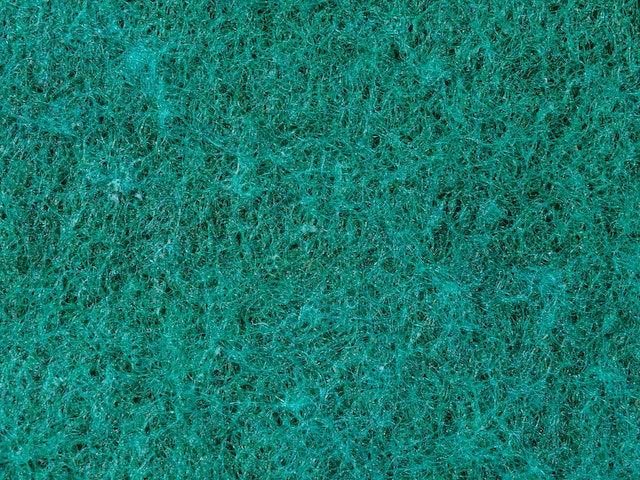
How to choose the best fabric?
-
-
- There are many factors to consider and questions to answer when choosing a fabric, including the following:
- What must it be able to do when made into the product?
- What would look good for this product?
- How much of a budget have I got to spend on fabric?
- What is a fashion in fabric at the moment?
- What have other designers chosen for similar products?
- Does anyone have any demands on my choice? (Customer/company restraints)
- What choices of fabric are available to me?
- Can I get the fabric in the colour or pattern that I have designed?
- Are there any special properties that I would like my fabric to have?
- Are there any new developments in fabrics that would improve my design?
- Will my fabric choice affect the popularity of my product?
- Will my fabric choice affect the quality and/or the care of my product?
- Will I still be able to make my product if I use this fabric?
- Will I need to buy any special equipment to work with is fabric?
-
Ref.
1. https://www.textileschool.com
2. Photo by Engin Akyurt: https://www.pexels.com
3. Photo by Ksenia Chernaya: https://www.pexels.com/photo/rolls-of-assorted-fabrics-and-textiles-and-sewing-patterns-inside-tailor-atelier-3965543/

